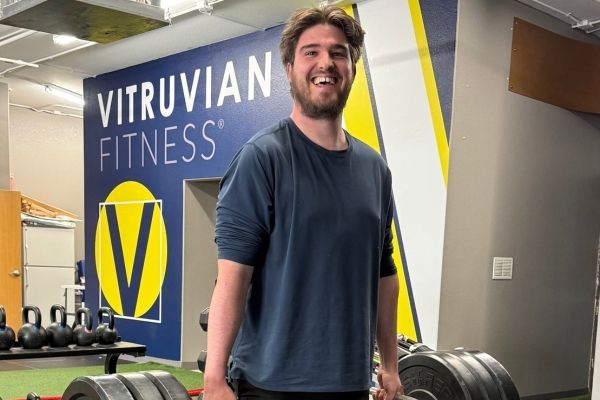The Importance of Exercise After Surgery
Most people assume that returning to exercise immediately following a surgery is risky; instead, they believe that taking it easy is an essential part of recovery. While it’s true that jumping into a fitness routine post-op with no planning raises the chance of injury, an exercise regimen created in tandem with your medical practitioner is actually extremely beneficial. Here are reasons why it’s important to exercise after surgery.
Work toward the best outcome for you
It can be tempting to rest as much as possible post-op, but that can hinder your recovery. Working with your medical practitioner ensures that your recovery period is more than just resting. Ask your doctor for a referral to a physical therapist, and find a personal trainer who is experienced with recovery programs.
Your recovery should include mobility work and strength work. In fact, by using a physical therapist and a trainer, you will help prevent future injuries and speed up your recovery time. Programs can and should be designed to work with your recovery to prevent injury and ensure strength and mobility in the affected area.
Avoid the temptation to jump back into whatever physical routine you had before surgery, as that can actually hinder your recovery. It is imperative that whatever exercise and mobility work you do is specifically designed for you.
Prevent other injuries and deterioration of overall health
The tendency toward a sedentary lifestyle in the weeks and months after surgery is tempting, but will impede your health in other areas. For example, a long bed rest after knee surgery will weaken the supporting muscles around the joint and actually increase your risk of injury. Staying sedentary as part of your recovery compromises your overall fitness level and so can affect your weight, blood pressure, mobility, strength, and more. In fact, exercising after surgery prevents blood clots that can form after vascular or hip surgery and can be fatal. A focused program prevents these outcomes.
Create a better, more fitting routine
You may already have a fitness routine pre-surgery, but now you have the opportunity to receive something entirely personalized. By having a trainer who develops a program based on the information received from your doctor, your exercise routine will be tailored to your specific recovery needs. If you try to work out on your own, you risk healing improperly or neglecting areas that require attention. Having a trainer and doctor working together means you’ll know which exercises are best for you, and how to best do those. They can also keep track of your progress and work in tandem should issues arise, thus ensuring your safety and recovery.
The most important part of exercising after surgery is making sure you’re working with experienced professionals who are willing to receive feedback from your medical practitioner. That’s where Vitruvian Fitness comes in. Our team of experts will create a program based on your doctor’s recommendations, and we’ll continue to provide data and receive feedback to make sure we’re giving you the best care possible. If you are preparing for a surgery and looking for a team to help you recover post-operation, contact us now.
You might also enjoy these posts . . .








